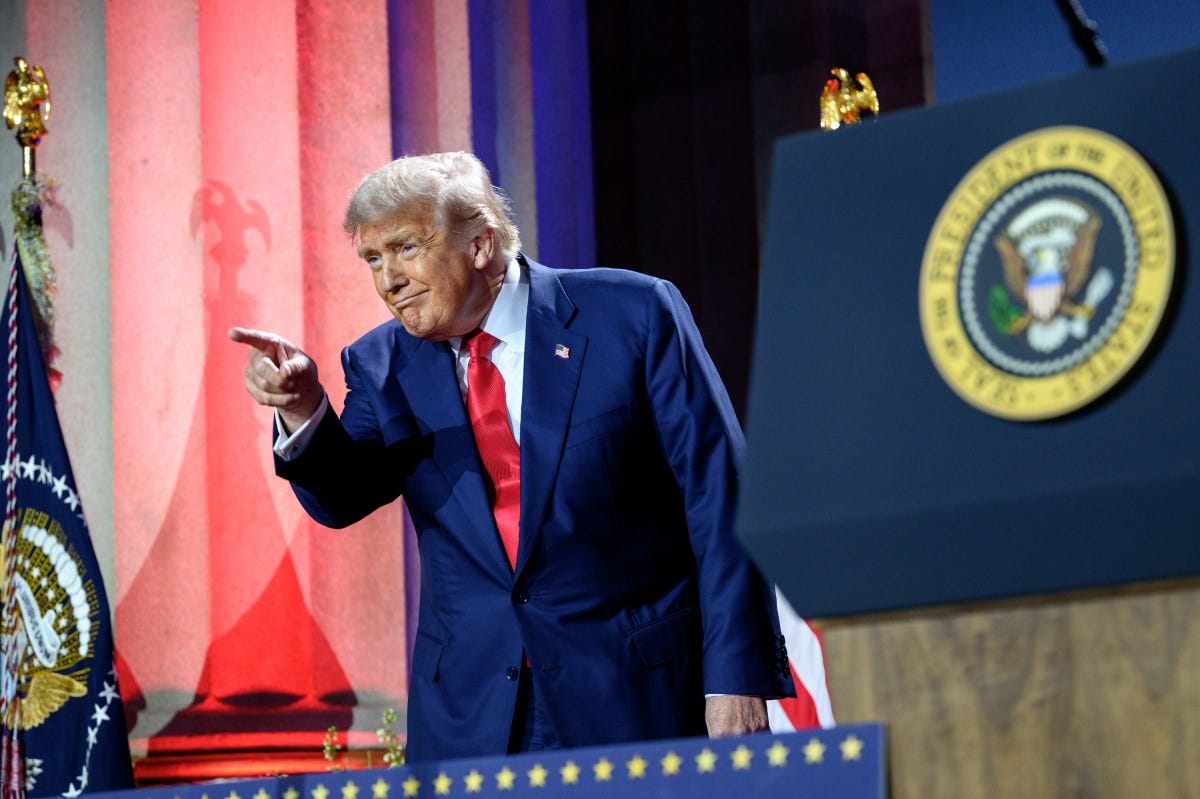Move Fast, Break Governance: The Contradictions of Trump's AI Strategy
From my recent Futuristic Lawyer podcast appearance — a deep dive into policy paradoxes and strategic blind spots

I was honored to join Tobias on The Futuristic Lawyer podcast last week to discuss Trump's AI Action Plan and how the current administration's approach to AI differs from what we saw during the Biden years. Th…
Keep reading with a 7-day free trial
Subscribe to Artificial Inquiry to keep reading this post and get 7 days of free access to the full post archives.




